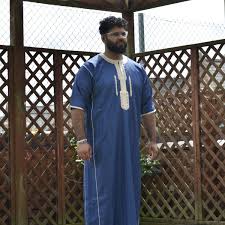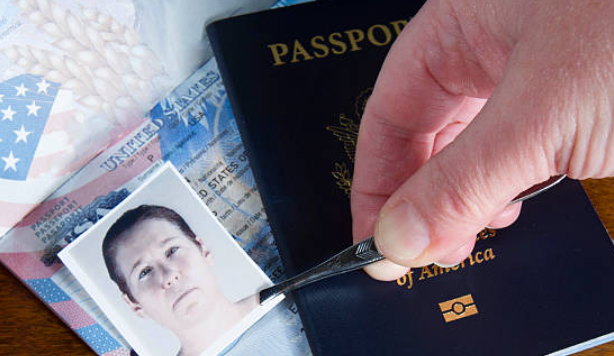Djellaba, Kaftan, and Qamis are three iconic garments that showcase the splendor of traditional attire. Rooted in rich cultural heritage and spanning across different regions, these garments hold a special place in the world of fashion, embodying elegance, tradition, and timeless beauty.
The Djellaba is a long, loose-fitting robe worn by both men and women in various North African countries, including Morocco and Algeria. Its design features a hood and long sleeves, often crafted from high-quality fabrics such as wool or cotton. The Djellaba’s beauty lies in its simplicity, with its flowing silhouette and clean lines exuding an aura of effortless elegance.
The Kaftan, renowned for its regal charm, is a floor-length robe that originated in the Middle East but has gained global popularity. It is typically made from luxurious fabrics such as silk or satin, and it features ornate embellishments, intricate embroidery, and delicate beading. The Kaftan’s opulence and versatility have made it a favorite choice for special occasions, including weddings and cultural celebrations.
The Qamis, also known as Thawb or Kandura, is a long tunic-like garment predominantly worn by men in the Arabian Peninsula and other Arab regions. It is typically made from lightweight fabrics like cotton or linen, offering comfort in hot climates. The Qamis is characterized by its simplicity and modesty, reflecting the values of dignity and tradition. Despite its understated design, the Qamis carries an air of sophistication and cultural significance.
Each of these traditional garments has its own distinct style, yet they share a common thread—their ability to showcase the beauty of cultural diversity and the artistry of traditional craftsmanship. Their exquisite designs, intricate details, and fine fabrics serve as a canvas for artistic expression, reflecting the traditions, customs, and stories of the communities they originate from.
While deeply rooted in history, Djellaba, Kaftan, and Qamis have also evolved to embrace contemporary fashion trends. Fashion designers around the world have incorporated elements of these traditional garments into modern designs, blending cultural heritage with innovative aesthetics. This fusion showcases the enduring appeal and adaptability of traditional attire in the ever-evolving fashion landscape.
By donning Djellaba, Kaftan, or Qamis, individuals not only celebrate their cultural heritage but also contribute to the preservation and appreciation of traditional craftsmanship. These garments serve as ambassadors of culture, carrying with them the legacy of generations and acting as a testament to the splendor of traditional attire.
In a world captivated by fast fashion, Djellaba, Kaftan, and Qamis stand as timeless reminders of the significance and beauty of traditional garments. Their allure lies not only in their aesthetics but also in the stories they tell, the values they embody, and the connections they foster between individuals and their cultural roots. Through their elegance, heritage, and splendor, Djellaba, Kaftan, and Qamis continue to captivate fashion enthusiasts and inspire a renewed appreciation for traditional attire.



